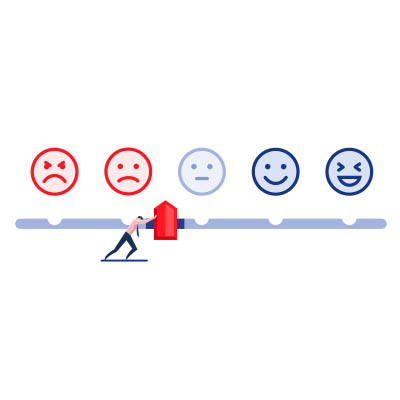Recent Blog Posts
The modern customer is more educated than ever before. As a result, you have to have an active strategy to build great customer experiences so you can retain business with them. In this month’s newsletter, we’ll go over some things you can do to improve your customer relationships.
Every organization deals with operational problems in one manner or another. There are dozens of situations that can cause downtime, and having a comprehensive data backup plan can alleviate many of them. This month’s newsletter discusses business continuity and how data backup is a critical piece of that process.
There are several reasons to use a form to collect data for your business, from customer impressions and service needs to employee feedback about internal matters as a means of collaborative decision-making. The trouble comes when it is time to compile all the responses… unless you know how to use the tools at your disposal. For this week’s tip, we’re walking through the process of creating a form that self-populates a spreadsheet using Google’s toolkit.
Businesses need a certain degree of good fortune to continue to grow in the manner in which they project when they hang out their shingle. With so many businesses failing after a very short time, taking advantage of the opportunities you’re given is extremely important. In this month’s newsletter, we’ll go through some of the things that a business can do to take better advantage of some opportunities.
Ensuring that your organization’s file-sharing policies and procedures are built to enhance security can significantly impact collaboration, distinguishing between efficient, streamlined processes and time-purging, wasteful practices. Navigating this terrain can be a challenge. Let’s explore several best practices your organization can adopt to optimize file-sharing.






